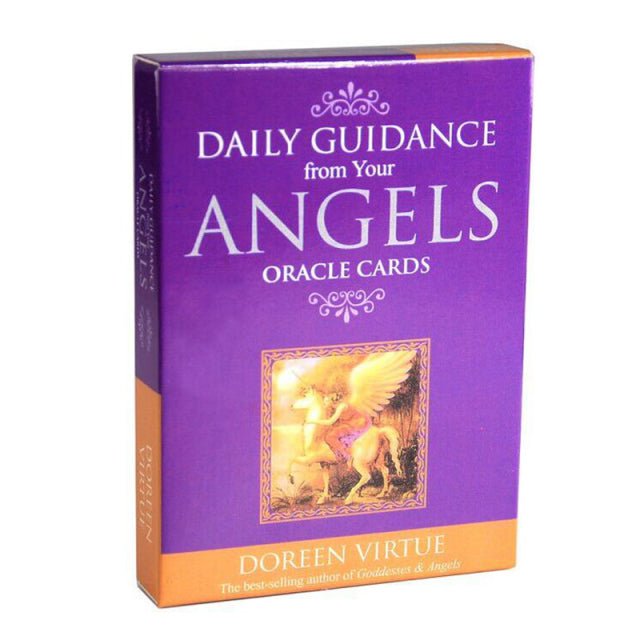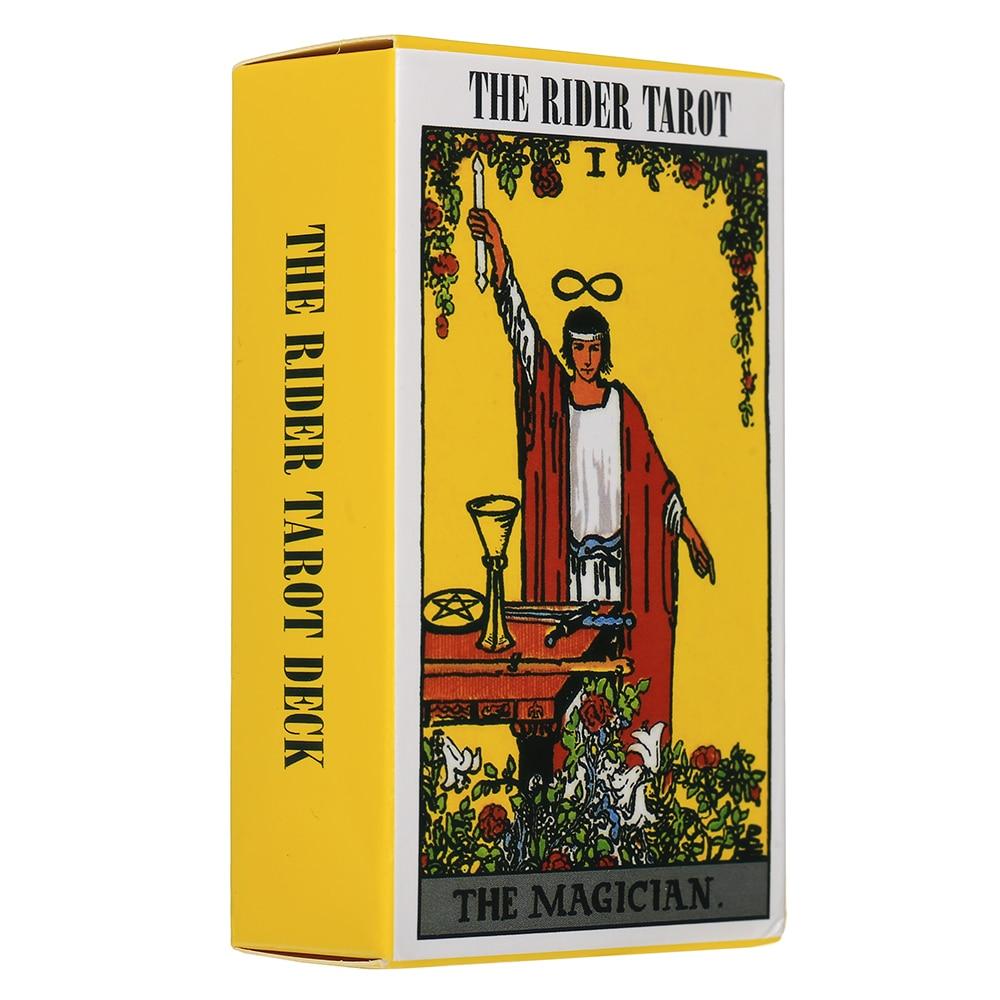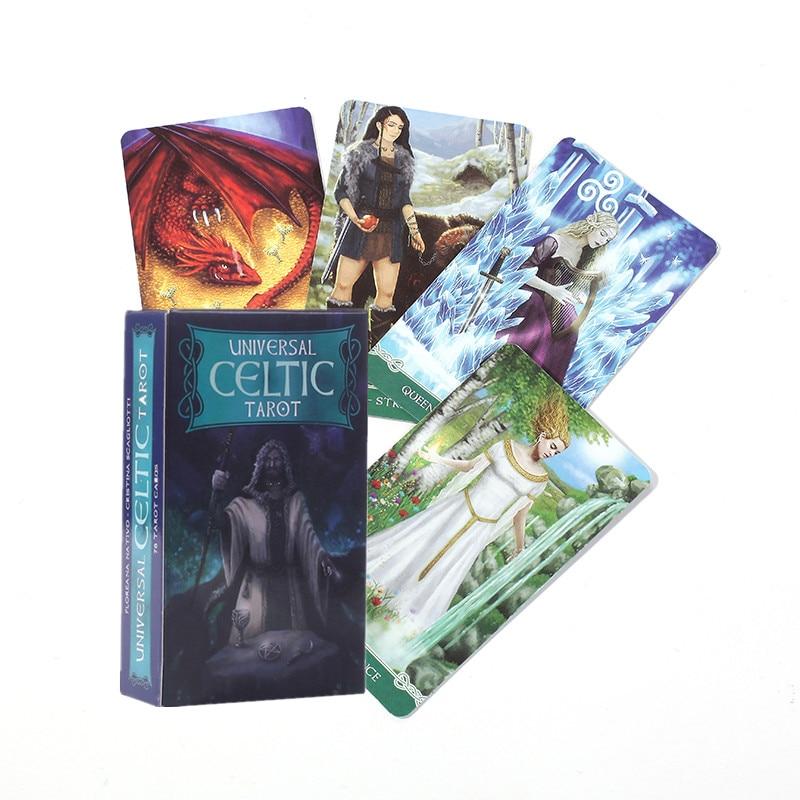Divinatory Cartomancy: Origin, Operation, Cards
According to studies, the practice of divination is not new. Indeed, according to discoveries made by researchers, its history dates back to Mesopotamia. Historians have in fact found pictorial elements which attest to the existence of divinatory arts at this time.
Nowadays, there are several types of divinatory arts and cartomancy is one of them. It is a very old discipline that has evolved over time. Today, fortune tellers have the chance to use very varied decks of cards, but this was not always the case.
Although cartomancy is a powerful divination tool, it is also no longer reserved for experts or initiates. Everyone can initiate themselves into the practice of this divinatory art.
But actually, what exactly are we talking about? What is cartomancy?
Contents :
Differences between cartomancy and tarology
Conduct of a cartomancy consultation
The right time to practice divinatory cartomancy

The origin of cartomancy
As mentioned previously, cartomancy is a very ancient method of divination. In the East, it emerged more than 5000 years ago. It is also difficult to define whether its practice began in India or China. What is certain is that over time, fortune-telling ended up integrating the cultures of several civilizations.
It was introduced to Western Europe thanks to the Gypsies, or rather Gypsies. The latter immigrated to the old continent in past centuries, and used this divination technique inherited from the Indians, recognized as very spiritual people.
In France, however, it was only during the pre-revolutionary period (or Age of Enlightenment) that divinatory cartomancy gained popularity.
The person who practices this art of divination was formerly called a fortune teller. She was therefore considered a simple charlatan. But over time, the name fortune teller came into being, making the activity more acceptable to society.

Predict, announce, see
with these clairvoyance and divination tools
What is cartomancy?
Above all, the word cartomancy is formed by two nouns. There is “mancie” which means divination and “carto” which means cards. Taking this into account, cartomancy is therefore defined as divination by cards. But it is also an art since it is defined as the art of predicting the future or finding answers through the interpretation of cards.
Cartomancy is a discipline that relates to clairvoyance. To be able to read the cards, you must have a gift. According to some experts, it is an innate ability, passed down from generation to generation. But there are also fortune tellers who have managed to master this art through learning and rigorous work.
Cartomancy is considered one of the most reliable divinatory arts. It allows us to make predictions in different areas. Furthermore, it can reveal your past, your future and even your present.
More broadly, if you want to learn more about clairvoyance, its practice and its history, this collection on our site should interest you!

Differences between cartomancy and tarology
At the end of the 17th century, the practice of divinatory arts developed greatly. Many disciplines belonging to cartomancy then emerged. We must first mention tarology which consists of using specific cards as a support for divination, namely tarot cards.
The divinatory tarot comes in several variations. It all depends on the decks of cards used by the tarot reader. Among the best known, there is the Marseille tarot, the Gypsy tarot, the Egyptian tarot, the Belline oracle and many others. Each divinatory oracle on this list has its own particularities.
It is important to emphasize that there is a certain difference between cartomancy and tarology , even if these two disciplines are based on the reading of divinatory cards.
In reality, the tarot reader's objective is to offer a guide to the consultant by offering him the tarot reading. He uses his intuition and his ability to interpret the cards drawn to provide some answers. In other words, the consultant has an important role to play in divination.
On the other hand, during a divinatory cartomancy session, the consultant remains in the place of the spectator. Being a clairvoyant benefiting from a particular gift, the fortune teller is responsible for revealing the long-awaited answers thanks to the interpretations of the cards, but without the consultant taking an active place in the session.

The choice of cartomancy game
Following the appearance of different tarot games, the use of “simple” playing cards has become increasingly rare. However, it is the original form of divinatory cartomancy. Furthermore, it is important to emphasize that tarot cards are not superior to other decks of cards. They do benefit from greater powers, yes, because they contain more symbols and can therefore transmit more precise messages.
It is no coincidence that we wanted to offer several tarot cards on our site. Angel tarot, “classic” Rider-Waite tarot, Celtic tarot : all have a particular fiber which will make them unique to use.

The meaning of the cards
In cartomancy, each card used has a precise meaning. You must know them well to be able to perform a successful interpretation. You not only need to know the meanings of colors, but also of each symbol.
This is true for a classic card game (with hearts, spades, clubs and diamonds), but also for a tarot game (which has these same colors, among other even deeper symbols). Numbers and figures are also found in both types of games.
This is why we are going to analyze the colors and numbers here: to give you a common basis applicable whatever your choice of cards!
The meaning of colors (or signs)
In general, the heart sign is a mysterious color which highlights strong emotions, romantic feelings as well as the links between the consultant and his family or those around him. It is therefore the sign which speaks of the romantic or sentimental future of the consultant.
Regarding the clover, it generally symbolizes the heritage, the financial situation of the consultant as well as his status in the social sphere.
The tile sign evokes material things such as the profession and career of the consultant, and money too. Sometimes it also indicates a change in daily life such as moving.
Finally, spades is a color that concerns the intellect. It also represents the trials that the consultant will face during his life.
The meaning of cards with figures
The meaning of face cards (i.e. Jack, Queen, King and Ace) varies depending on their "position" in the draw. And yes, these cards can be right side up or upside down.
Thus, when the ace is upright, it evokes the energy and dynamism of the consultant. It can also speak of a new beginning or a positive change in one's life. On the other hand, when the ace is upside down, it symbolizes failure and disillusionment.
Concerning the jack, it represents development, ambition as well as motivation and the desire to move forward into the unknown. On the other hand, reversed, it indicates the immaturity of the consultant and all the related events.
Regarding the lady, this card is associated with intellectual abilities and willpower. Reversed, it represents lack of kindness and negative emotions.
As for the king, when he is right side up, he highlights strength, knowledge, generosity and authority. Reversed, it indicates the insensitivity of the consultant and his refusal of the unknown.
Finally, the joker can also appear when drawing cards. Upright, it symbolizes mystery and plays the role of messenger for the consultant. In reverse, it is synonymous with lack of lucidity.
The meaning of card numbers
Upright therefore, the 2 represents the balance and harmony of a relationship. On the other hand, on the other hand, he denounces the lack of solidarity and conflicts.
3 is a symbol of success, creativity and stability. When it is reversed, it highlights that the consultant is giving up in the face of difficult situations.
Upright, the 4 indicates that the consultant must make a big decision, such as choosing or committing to changing his or her life. In reverse, it is a symbol of difficulties and uncertainty.
The 5, when right side up, symbolizes renewal and hope in a particular area. Inverted, it indicates financial difficulties or bad choices.
As for the 6, it evokes success following a sacrifice. On the other hand, when it is upside down, it announces disappointment and indicates wear or fatigue.
The 7 indicates progress or progress on a project. When inverted, it symbolizes lack of motivation as well as pessimism.
Regarding the 8, this card represents anxiety, misfortune, apprehension and lack of confidence, whether it is right side up or upside down.
The 9 symbolizes success when it is right side up. Reversed, it is associated with doubts, confusion and insecurity.
Finally, the 10 upright announces positive changes or success in projects. Reversely, it is a card which indicates reduced motivation, bitterness or even psychological pressure.

Conduct of a cartomancy consultation
Any consultation with a fortune teller (or fortune teller, the profession is not exclusively female) must take place in a calm and neutral place. The clairvoyant must develop psychic abilities such as intuition to be able to understand the result of the card drawing, and this is much more complicated in the noise and agitation. More broadly, here is a list of some elements to take into account during any consultation with a psychic.
And so for cartomancy? How does the consultation take place? It all depends on the method adopted by the medium. Furthermore, you should know that each consultation is unique. Sometimes the fortune teller asks the consultant to provide basic information about him such as age and name.
The next step is card drawing. The fortune teller usually asks the consultant to cut the deck of cards. In the case of a remote consultation, an increasingly common practice these days, the divinatory cartomancy professional uses his supernatural forces to connect with the energy of the consultant. He then proceeds to draw cards himself.
The layout of each card drawn is of paramount importance. This allows the diviner to find the answers to the consultant's questions with precision. For example, during a cross draw, the first card is to be placed on the left. The second on the right, the third above the two drawn cards, the fourth below and fifth in the center of the cross. The fortune teller will make interpretations based on the cards drawn, their order of exit as well as their intrinsic meanings.

Techniques for drawing cards
It should be mentioned that there are different ways to draw cards. The best known are undoubtedly the cross draw and the 12-card bohemian draw, but there are many others.
Regarding the drawing technique to adopt, there are no specific rules to respect. Each fortune teller is free to choose the method that suits them. He can opt for the draw of 15, 20, 21, 25, 32 or even 52 cards. Obviously, the more cards that come into play, the longer the cartomancy session will last, and the more complicated the interpretations will be to make. Clearly, these are the practices of seasoned experts.
Some scholars have the habit of removing the card that represents the consultant from the game. It depends on the sex, art and hair color of the latter. For example, if the consultant is female, it could be the queen of hearts, clubs or diamonds. If it is a woman under 30 years old, the fortune teller removes the 8 of clubs or the 8 of hearts. And what if the consultant is a man? It is then the jack of hearts that must be removed if he is less than 30 years old and the king of diamonds if he is 50 years old or more.
In all cases, the fortune teller must respect a golden rule: always carry out the drawing with the left hand and, above all, handle the cards delicately.

The right time to practice divinatory cartomancy
The question that now arises is: is there a specific time to practice divinatory cartomancy ?
The ideal is to schedule the consultation at the end of the day, after a good relaxation session. It is not recommended to draw cards on Sunday, a day of rest.
Finally, it is equally important to emphasize that the choice of consultation day is important for the consultant, yes, but also for the information that he or she will wish to gain from the session. Each day of the week corresponds to a special esoteric element which will influence the meaning of the cards.
For example, Monday is associated with the Moon. So, it is the perfect day to make predictions about the lives of women and mothers. On the other hand, for a prediction concerning love life, it will be better to practice divinatory cartomancy on Friday.

The virtues… and the dangers of cartomancy
Being a divinatory art, cartomancy requires the possession of a gift of mediumship. It allows the fortune teller to fully understand the meaning of each drawing. When divinatory cartomancy is practiced correctly, it allows you to obtain more or less precise answers, regardless of the question asked. Otherwise, it at least offers some interesting answers or very complete information.
That said, situations can change quickly. So, there is no definitive prediction. In other words, nothing is guaranteed regarding the information collected during the consultation. It is therefore necessary to keep your free will.
Divinatory cartomancy should above all be considered as a tool that allows you to make a good decision. It should in no way dictate your choices, even if it is practiced by a fortune teller with a real gift of mediumship. It is important to remember that every situation can change in a fraction of a second. What is true today may not be true tomorrow.

Learn cartomancy?
It is true that the practice of divinatory cartomancy is a delicate task and as was mentioned previously, it falls to a professional with a particular gift.
However, there are books and training courses that allow individuals to master the basics of this art of divination. In fact, we all possess the gift of divination to some degree. A bit like some people have a more developed instinct than others, there are some for whom the accuracy of predictions will be natural.
And so, how to practice cartomancy without obvious gifts?
Before embarking on the practice of cartomancy, you must first identify the symbolism of each card used. It is also necessary to learn how to mix them well. When you handle your cards, you must make sure you establish a connection with them.
The next step is to choose the print type. Among the choices available, there is the cross draw, the first name draw, the astrological draw, the bohemian draw, etc. For your initiation, opt instead for the classic method, that is to say the cross draw. As its name suggests, here you will only have to form a cross with the cards (5 of them to be precise).
After the drawing, you must interpret the cards and if you have no gift of clairvoyance, you must use your knowledge and your feelings. As a reminder, each card can have several meanings depending on its color and symbol.
In short, if you want to learn clairvoyance on the internet, there are many resources at your disposal, such as these few words on the divination of a real witch or this cartomancy guide from the site cosmopolian.fr. There are tons of others, and here it's up to you to find out what will suit you best.

Practice cartomancy alone or consult a fortune teller?
Is it prudent to practice divinatory cartomancy alone or should you call on a fortune teller?
In reality, it all depends on your know-how and your desires. If you want to start practicing this divinatory art, however, adequate learning is required. The help of a professional would also be welcome here.
You also need regular practice which will allow you to gain more experience. It must be said that interpreting a print is a subtle task. It is essential to take into account all the details and you must also listen to your intuition. This requires a lot of personal development work and a lot of training.
If you have an important question to ask and your future depends on it, it is better to call a fortune teller. Of course, it is essential to choose the practitioner to consult carefully.
So how can you recognize a reliable, professional and efficient fortune teller?
Such a professional will not limit himself to reading the cards taking into account their meanings. If so, he is just performing a task that is up to your skill level. In reality, when a fortune teller reads the cards, their mission is to tell the story of your life. It highlights your emotions, good or bad. He will also explain the symbols with more ease because he will not only use his simple reason, but many other extrasensory psychic abilities.
Lucky charm featured in this article

Angel Tarot Card Game
See more
Rider Waite Tarot Card Deck
See more
Celtic Tarot Card Game
See more
